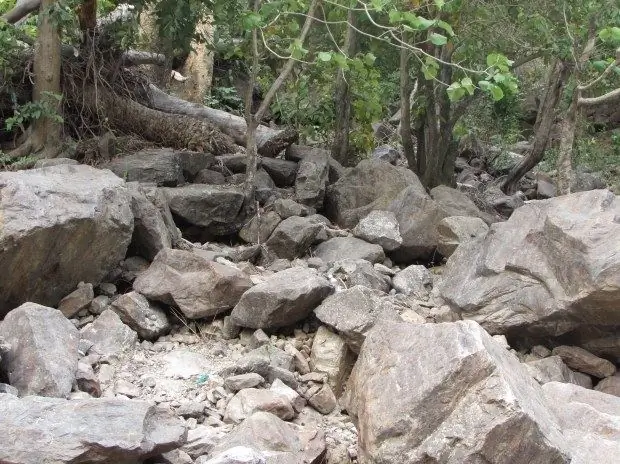A conglomerate is a sedimentary rock. Its composition is rounded debris of a very different nature (pebbles), which can be of any shape and size. These fragments are cemented together with lime, clay, etc. The conglomerate can be used as a building and decoration material.

general description
By its origin, the conglomerate is a product of the erosion of more ancient rocks. In fact, dissimilar objects are combined in it. Translated from Latin, conglomerate means "crowded" or "disorderly mixture".
The conglomerate is likely to contain sand, and iron oxides, carbonates, etc. can act as an adhesion mass. In terms of its structure and origin, the conglomerate is very close to breccia. The difference is that the conglomerate is composed of smooth pebbles, while the breccia is composed of angular, coarse debris. The conglomerate is also called cemented gravel. The size of the fragments in its composition can be small - from 2 mm - to large boulders. In terms of mineral composition, the conglomerate can be homogeneous, most often it consists of feldspar or quartz. There are also such conglomerates that combine several minerals. It depends on the geology of the particular area.
By the nature of their formation, most conglomerates are products of processes occurring on the banks of rivers and seas. There are also pebbles formed due to the activity of glaciers. In some cases, conglomerates can contain valuable minerals such as gold or platinum. Typically, these minerals are part of the cement.
Types and uses of the conglomerate
Conglomerates, like breccias, are differentiated by the size of their debris. There are blocky conglomerates (the average size of fragments is more than 1 meter), debris (from 10 cm to 1 m) and crushed stone (1-10 cm).
Pebbles are also classified according to their origin:
- collapse conglomerate - formed during the collapse of the vaults of the caves;
- volcanic - formed during the cementing of volcanic emissions;
- tectonic - appears due to the displacement of some rock layers relative to others;
- talus - accumulates at the foot of hills and precipices.
The phenomenon of pseudo-conglomerate is also known. Its essence is that the material is formed as a result of chemical processes, during which a mineral is replaced by a completely different one. Such a process can proceed inhomogeneously, due to which the particles of the original mineral are often retained in the secondary mineral in the form of small inclusions. The conglomerate is widely used in construction and especially in landscape design. The popularity of this material is due to its unusual appearance - a characteristic spotted pattern and a variety of shades inspire designers to create original solutions. In construction, the conglomerate is popular as a facing stone.







